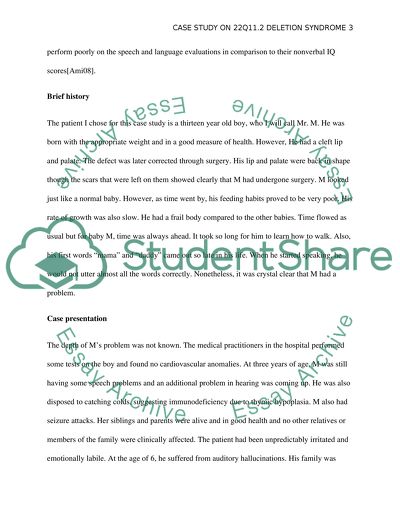Cite this document
(“Deletion syndrome: case study Essay Example | Topics and Well Written Essays - 2500 words”, n.d.)
Retrieved from https://studentshare.org/nursing/1675527-deletion-syndrome-case-study
Retrieved from https://studentshare.org/nursing/1675527-deletion-syndrome-case-study
(Deletion Syndrome: Case Study Essay Example | Topics and Well Written Essays - 2500 Words)
https://studentshare.org/nursing/1675527-deletion-syndrome-case-study.
https://studentshare.org/nursing/1675527-deletion-syndrome-case-study.
“Deletion Syndrome: Case Study Essay Example | Topics and Well Written Essays - 2500 Words”, n.d. https://studentshare.org/nursing/1675527-deletion-syndrome-case-study.


